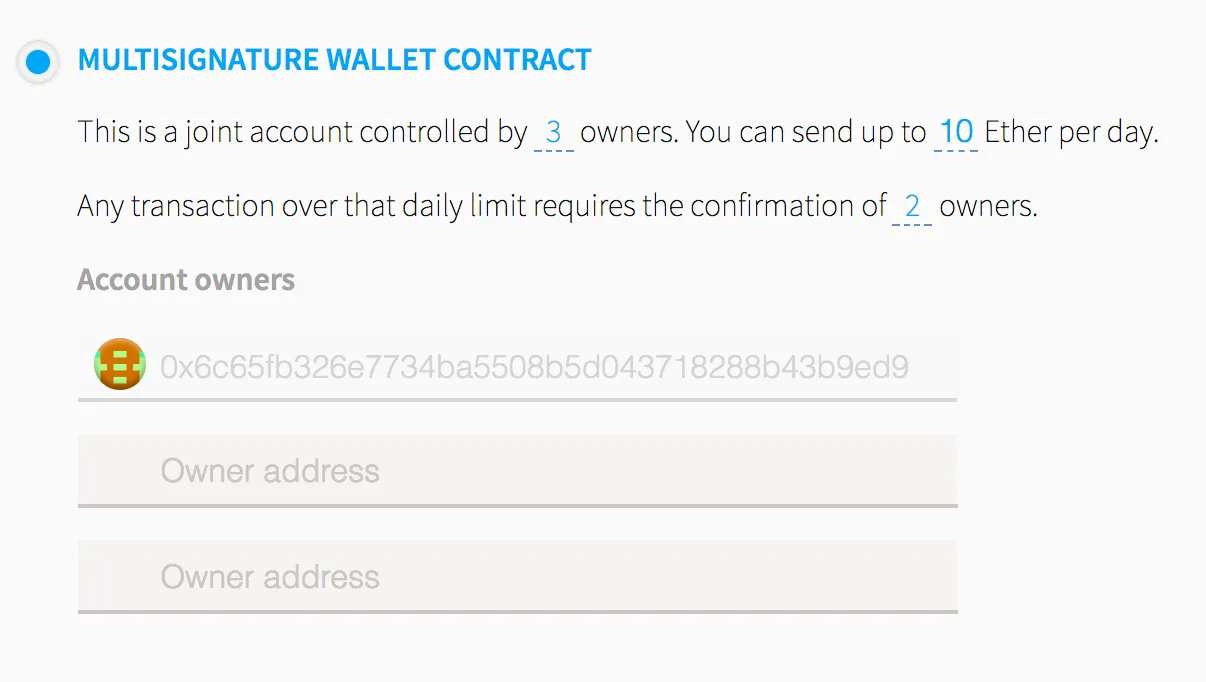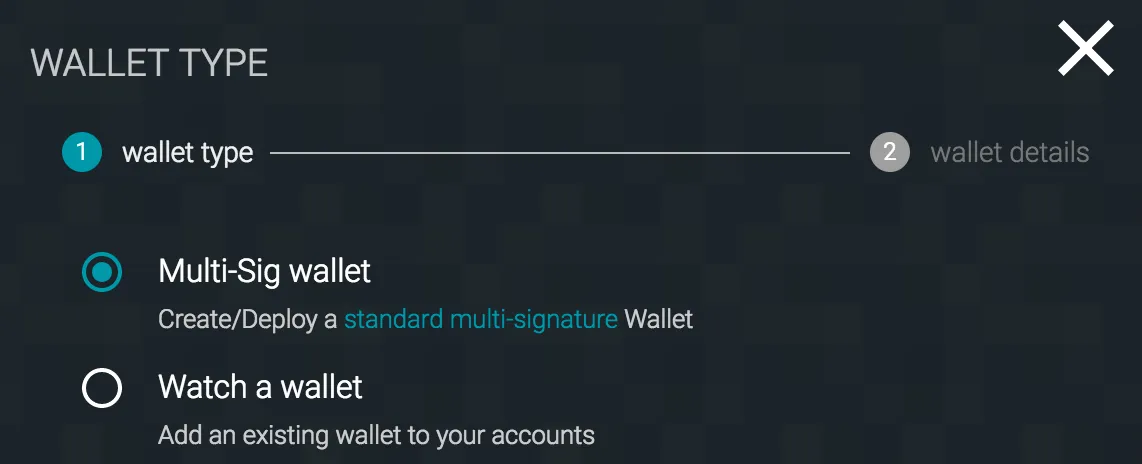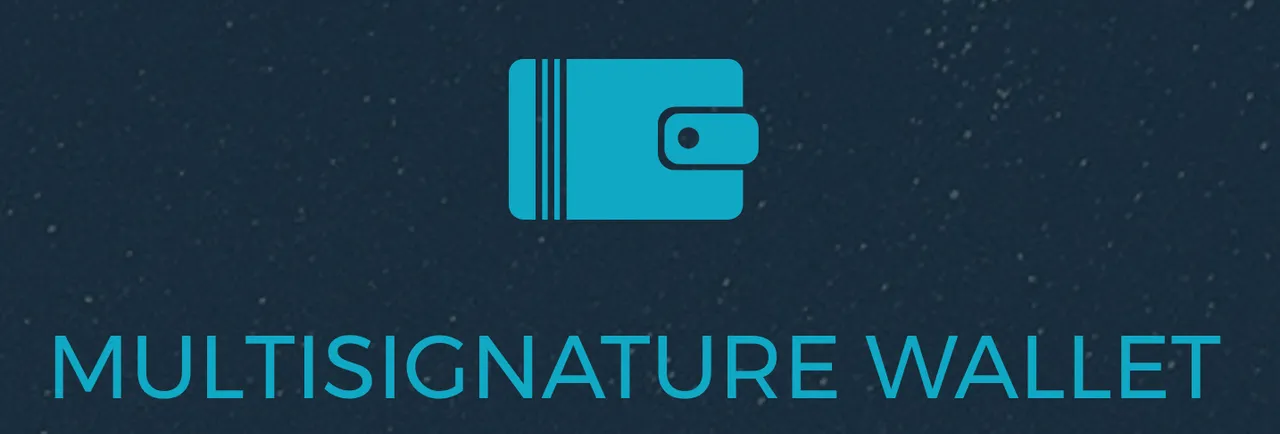
One of the best ways to manage Ethereum based crypto assets is the multisig wallet. A multisig wallet is a smart contract that defines the requirements for moving funds or interacting with other smart contracts. They are called multisig because they require the cryptographic signatures from multiple addresses to be considered valid. These address can be controlled by a single individual, multiple individuals, hardware wallets, cold wallets, third party wallets like metamask, or combinations of each.
There are a few options to choose from, each of which has its pros and cons depending on the use case. It should be noted that because multisig wallets are designed to secure funds, they are also targets of malicious hacking, so if a large sum of money is being managed more due diligence should be taken before committing to any specific option.
This article describes my personal experience using various Ethereum multisig wallets. I have used each of these wallets, but some I have used more than others. This is not meant to be an endorsement of any one wallet over another, it is simply my impressions of each and their possible use applications.
Mist Wallet:

The mist wallet is a mainstay of the Ethereum blockchain. It was the first wallet available and is used widely by the community. It is also the only wallet supported directly by the Ethereum foundation.
Pros:
- Only official multisig provided by the Ethereum foundation
- Daily ETH limits
- Can add and remove members
- Can manage ERC20 tokens
Cons:
- Not designed for contract interactions
- Contract interface is a little clunky
Best Use Case:
- Personal use
Links:
https://github.com/ethereum/mist/releases
https://wallet.ethereum.org/ (requires MetaMask or Parity browser extension)
Parity:

Parity is one of the most popular Ethereum clients, and it offers a lot of great features. One of those features is the option to deploy a multisig wallet. The wallet was designed most for securing ETH transfers, but it can also manage ERC20 tokens.
Pros:
- Built into Parity Client
- Supports hardware wallets
- ETH Withdrawal limits
- Supports ERC20 tokens
Cons:
- Has experienced a major hack
- Large complex code base
- Not designed for contract interactions
Best Use Case:
- Personal use
Links:
DS-Group:
Usage: ds-group <command> <group> [<args>]
or: ds-group <command> --help
Propose, confirm and trigger DSGroup multisig actions.
Commands:
action print information about a multisig action
confirm confirm a proposed multisig action
ls list already-proposed multisig actions
propose propose a new multisig action
trigger trigger a confirmed multisig action
verify verify the meaning of a multisig action
DS-group is the only command line tool available that I know of in the Ethereum space. This is important for some applications where actions need to be executed on a remote server.
Pros:
- Command line interface
- All actions have an expiration
Cons:
- No graphical user interface
- Cannot add or remove members
Best Use Case:
- Business use
Links:
- https://github.com/dapphub/ds-group (Requires dapp to be installed)
Gnosis:

The Gnosis wallet is quickly becoming the default option for multisig wallets. It's well designed and offers a wide range of features and functionalities. As of the time of this writing over $2,000,000,000 worth of value is currently secured using the Gnosis multisig wallet
Pros:
- Add and remove members
- Email alerts
- Designed with tokens in mind
- Can add arbitrary ABIs to interact with other smart contracts
- Desktop and web user interface
- Daily ETH limits
- Hardware wallet support
Cons:
- Documentation of multisig actions could use human readable text
- No daily limits for tokens
Best Use Case:
- Personal use
- Business use
Links:
Bonus Links
All of the wallets above support the addition of call datawith any transaction, but assume the user has this data already. In my experience, there are two options for creating call data. The first option is Ethabi by Parity Labs. This handy tool will let you create call data pretty easily.
The best tool I've come across for creating call data or just interaction with Ethereum in general is Seth. This command line tool can pretty much do it all and then some.
Other Options
No doubt there are other options not reviewed in this article. If I've missed your favorite multisig wallet, please post in the comments, and let me know why you like it.